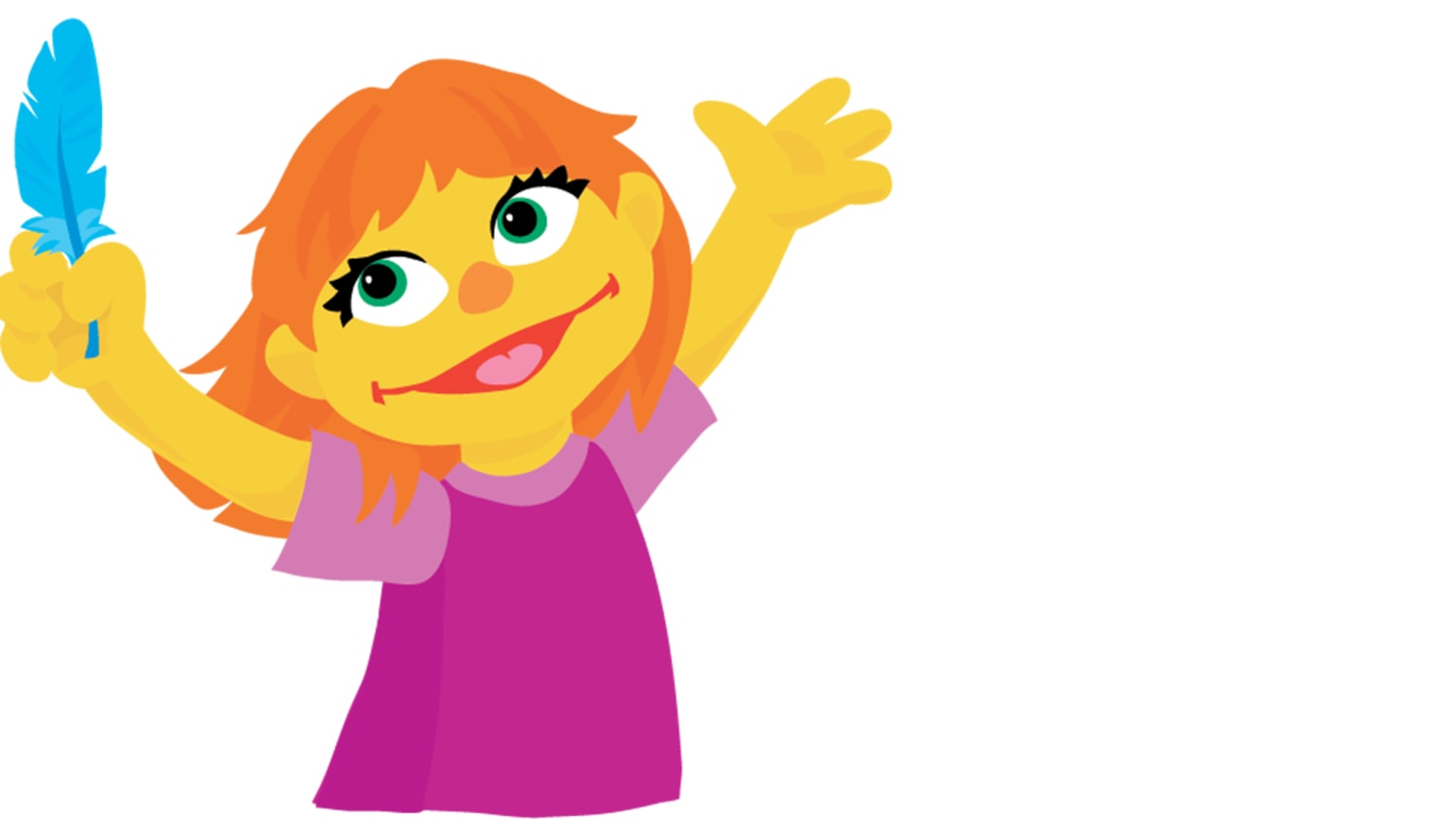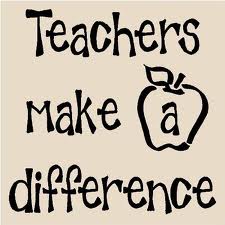At the beginning of this course, I was eager to gain a multitude of information and tools which I can use in my future classroom. One of my major goals for my professional growth in this course was to be able to create and implement an effective and engaging SS lesson plan that is in line with the NYS standards and the edTPA guidelines. I hoped to achieve this goal by working hard and asking questions when needed to make sure I created my lesson plans so they are the best they can be.
I am happy to report that now that it is the end of the course, I have gained so many tools that can apply to not only my education career but my overall career as a student. I am very happy to say that I have achieved all my goals that I set in the beginning of the class. I worked very hard and I am proud of how much I have accomplished. As I step away from this course, I will be able to use technology more effectively and create engaging lesson and unit plans. I can not wait to see what the future has in store for me.
Thank you to my classmates and especially Dr. Smirnova for joining me in this journey and constantly to encourage me to do my best work!
One Big Heart for Little Minds
Search This Blog
Friday, December 18, 2015
Tribal Tribulations
Overall,
my experience with the Native American Tribe project was a very positive and educational
one. The presentation included geography, origin, history, culture, food,
clothes, and habitat of a specific
Native American Tribe, the Dine’ Tribe. As part of the jigsaw cooperative
learning model, each member was assigned a specific topic to research and
present. My responsibility was to research the culture and clothes of the Dine’
tribe. To accomplish this task, I started my research and quickly realized that
I was not finding many search results after entering the search term “Dine’
tribe culture.” I then realized that the Dine’ tribe was also known as the
Navajo people. After learning this fact, my research became easier. I quickly
found websites such as “Native
American Indian Facts,” “Navajo Culture,”
and “Navajo
Culture and Traditions.” These websites provided valuable information
that allowed me to grow my knowledge of Native American culture and my increase
my ability to effectively research necessary information. After completing my
part of the project, I was an expert on Dine’ culture and clothing, however,
there were so many other topics that I did not know about. I consulted with my
group and this is where cooperative learning came into play. We worked together
to construct our Powerpoint,
and combined our independent findings into one cohesive project to effectively
tie together all information. When we presented to our fellow classmates, it
was clear that as a group we worked very well together. Each piece of the
“Dine’ puzzle” came together to form an informative presentation that not only
gave our audience an insight into the world of the Dine’ tribe, but also
created a wider range of diversity acceptance and awareness.
Choosing to Be Grateful
The New York Time's Article "Choosing to Be Grateful" has really opened my eyes. As the holidays approach rapidly, I realize how important it is to recognize your loved ones. Two years ago, I lost someone very close to my heart: my Grandpa, or as my family called him, Pop-Pop. Pop-Pop was an integral part of our family's life and he provided us with many laughs, jokes, and smiles. This will be the second thanksgiving without Pop-Pop, and, although he seemed to initiate arguments better than anyone could, he is dearly missed. I am so grateful to have known my Pop-Pop. He has provided me with more knowledge about self-respect, confidence, history, and hard work than anyone ever has. Never will I ever take advantage or forsake the time I spent with him, and I will always be grateful for the wisdom he has left behind for my cousins and I to share.
Keep Calm and Teach Economics
This week in class, we studied the topic of economics. The first thing that came to my mind when I heard this was the memories of my high school economics teacher and his cheesy phrase that he'd always say: "I'm supply and you're de-man!" I didn't learn much in that class, but I always knew that economics was mainly associated to money and business. To elaborate on how to teach this topic, my classmates and I contributed to a class PowerPoint on economics. This activity was very interesting to receive the chance to research a very broad topic and discover ways of incorporating economics into the classroom setting. One example, that stood out to me, was the idea of a classroom market. Students can receive class cash by completing assignments, good grades, or being helpful in the classroom. After receiving a certain amount of cash, students can cash their money in at the class market where they can either receive a classroom reward coupon or a small prize or treat of sorts. This is great motivation for students to continue to work as hard as they can. Please view my class' PowerPoint on Economics and all of the wonderful parts of it that is super important to teach to students. The PowerPoint also includes terrific ways to introduce these topics to students in a fun and engaging way. Please also see the following video that demonstrates a classroom market in action!
Pre and Post Tests: Are they worth it?
In my opinion, both types of tests are necessary to assess student learning. In terms of pre-testing, it allows teachers to understand what students know and what they might still be confused on. Prior knowledge is crucial in order to build on skills. If you do not have an idea of where to start with your students, they may become more confused and lost in terms of the lessons being taught. This could lead to frustration and less motivation to succeed. In my fieldwork experience, my class created a pre-test to assess our students' knowledge on the lesson we were about to teach in order to discover what we should focus our lessons on and what topics we should only slightly go over because students have a very good understanding of that topic. This was super helpful when going into the classroom. Post-testing is also a very helpful tool. By testing students at the end of a lesson or unit, teachers can establish how well students actually grasped the knowledge presented to them. Post tests also allow teachers to decide where to go next. For example, if I continued to teach in the 5th grade classroom, the post tests would allow me to decide what topic was best to teach next to create the best understanding in my students that I could. Both types of testing must work together to assess student knowledge without constant wonder of what students must learn.
Thursday, December 17, 2015
Past, Present, Future: Current Events
In my classroom, I was required to choose a current events article and create a lesson to which would be reflective of how we could possibly introduce current events into the classroom. This activity was really interesting and fun to create and I never realized how many various ways that current events can tie into the curriculum and relate to social studies and other content areas such as ELA. This type of lesson and activity could be considered an inquiry lesson because of constant questioning and development of understanding throughout the presentation. This lesson could be presented in lower or higher grade levels depending on the main idea and difficulty of the article. The article I choose was one that was near and dear to my heart. Recently, Sesame Street introduced a character on their show named Julia. No big deal, another character, right? WRONG! Julia has autism. This incorporation of a character with a disability is amazing for each and every child in the world. By creating Julia, Sesame Street did not only create a new fun loving character, but also a relatable character that can inspire children to love everyone disabled or not and be aware of diversity. Since someday I will be a special education teacher as well as a elementary teacher, I would consider this a turning point in pop culture. Please view my Current Events Project that connects this wonderful article with the elementary curriculum. One thing I forgot to mention is that after presenting to my peers, they provided constructive feedback that will allow me to develop my presentation skills. Please see their comments here.
My Teaching Philosophy
As a teacher, your job is not only to teach, but to also inspire and encourage your students. It is so important to encourage students to share their ideas and opinions. In order for students to feel comfortable to express themselves, you must create a safe space, an inviting community of sorts in order to inspire children to be themselves. In order to create this safe space, respect is key. Respect among students, respect from the teacher, and respect for each other.
My view on teaching social studies is somewhat of the same principles. In order to create worthwhile learning, students must know the importance of aspects such as respect and ownership in the classroom. So much of social studies is presented in daily life which allows it to be a very influential topic if you teach it effectively. Group work especially is very important in a social studies classroom because it develops individual accountability, social skills, group processing, and positive interdependence that not only apply to group projects, but also apply to learning as a whole. If students can’t develop these skills, it will be very hard for them to succeed in their adult lives. Since most concepts of social studies follow students into adulthood, it is crucial for students to create a deep understanding of these concepts early in their education rather than later.
My view on teaching social studies is somewhat of the same principles. In order to create worthwhile learning, students must know the importance of aspects such as respect and ownership in the classroom. So much of social studies is presented in daily life which allows it to be a very influential topic if you teach it effectively. Group work especially is very important in a social studies classroom because it develops individual accountability, social skills, group processing, and positive interdependence that not only apply to group projects, but also apply to learning as a whole. If students can’t develop these skills, it will be very hard for them to succeed in their adult lives. Since most concepts of social studies follow students into adulthood, it is crucial for students to create a deep understanding of these concepts early in their education rather than later.
As a teacher, I realize the importance of social studies and the crucial role it plays on our lives. The subject of social studies represents our past, present, and future; therefore, students have the right to learn about it in our classrooms and develop a strong understanding of its importance. In summary, learning inspire students to grow and be the best they can be. If an environment is nurturing, encouraging, and provides choice, students will only better themselves as learners and grow into their best selves.
Subscribe to:
Posts (Atom)






